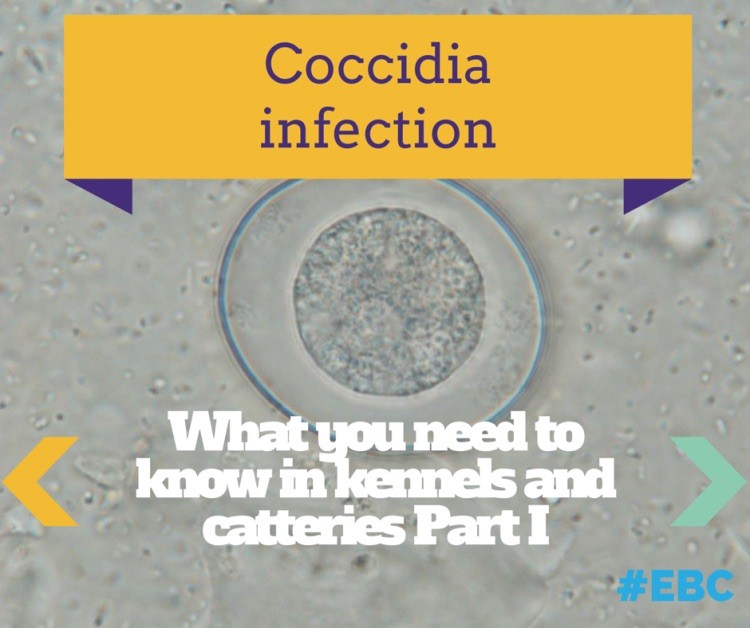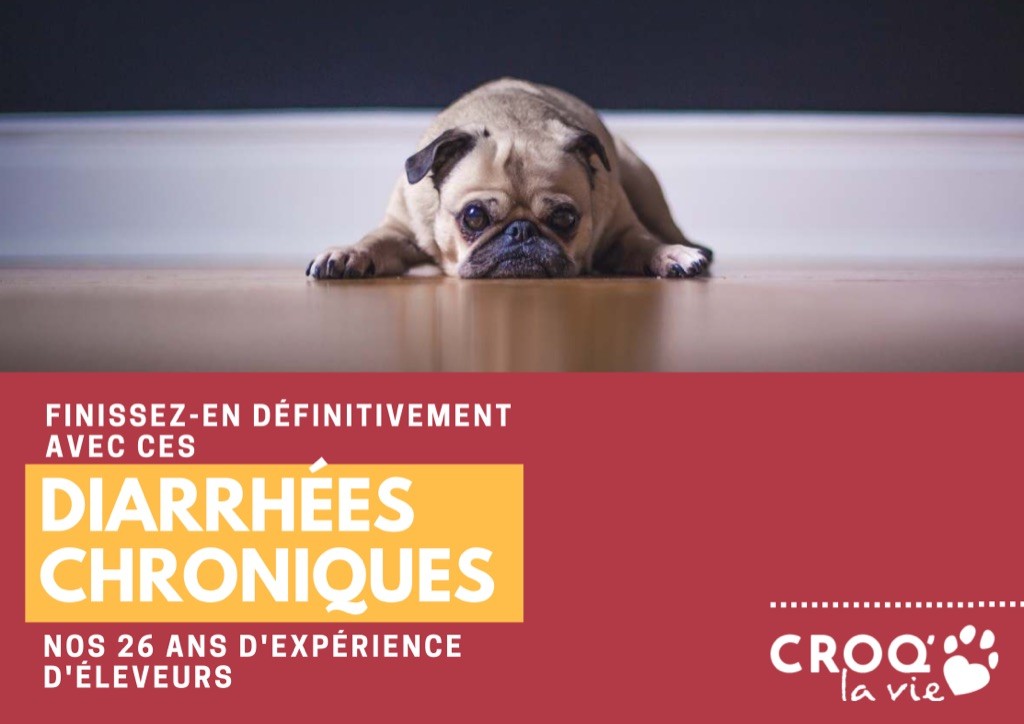Santé du chihuahua

Hypoglycémie chez chihuahua
Le chiot chihuahua est sujet à faire des hypoglycémies. L’hypoglycémie est une baisse du taux de sucre (glucose) dans le sang. Plusieurs facte...

La coprophagie chez le chihuahua
La coprophagie est l’ingestion par le chien de ses propres excréments ou ceux de ses congénères. Cette habitude est assez répandue. Le chiot...
Toxic milk
https://dremmanuelfontaine.com/2018/09/08/blog-toxic-milk-syndrome-what-you-need-to-know-2018/#more-2711
Myth busters: why goat milk is no more a valuable alternative
https://dremmanuelfontaine.com/2016/03/20/blog-myth-busters-why-goat-milk-is-no-more-a-valuable-alternative/
calcium and growing puppies !
https://dremmanuelfontaine.com/2017/10/13/blog-remember-this-when-it-comes-to-calcium-and-growing-puppies/#more-2566
Scale
https://dremmanuelfontaine.com/2016/09/30/blog-you-will-soon-have-newborn-puppies-at-home-you-will-need-this-for-sure/#more-2148

Coccidia
I am pretty sure the term « Coccidia » does ring a bell if you breed dogs or cats. Indeed, hardly a day goes by without me seeing it mentioned o...

Gardia & DIARRHÉES CHRONIQUES
?Périodes critiques chez un chiot
Périodes critiques chez un chiot
Développement
PÉRIODE NÉONATALE (0-12 JOURS) :
Le chiot ne réagit qu'à la chaleur, au t...





